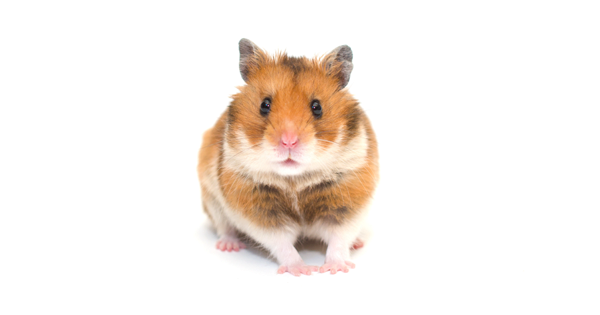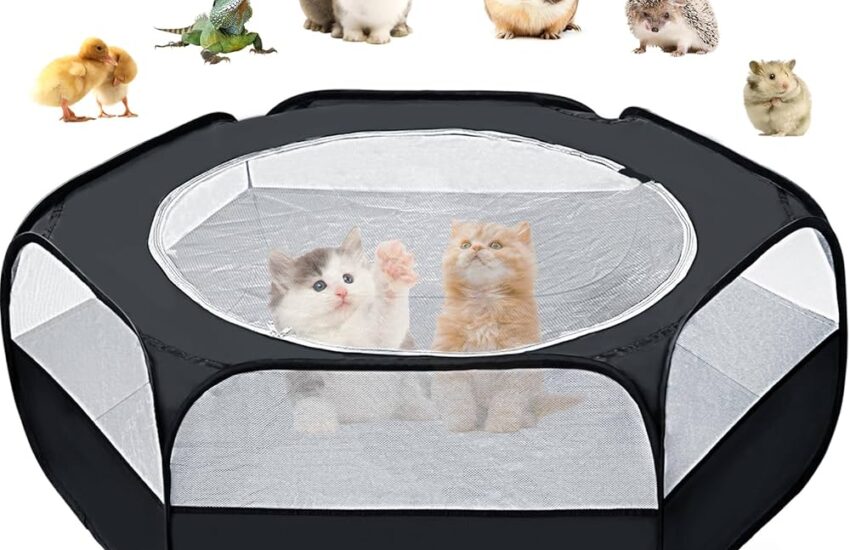Top Recommendations for Pet Hamsters
Owning a pet hamster can be a delightful experience. These small, furry creatures are not only adorable but also make great companions. As a first-time hamster owner or someone considering adopting one, it’s essential to understand how to provide the best care for your new pet. In this article, we’ll cover everything from housing, nutrition, and handling to common health issues. You will also learn about essential accessories and tips to ensure your hamster leads a happy life.
According to recent statistics, hamsters are one of the most popular small pets in households. With their playful nature and low maintenance requirements, they are perfect for both children and adults. However, many potential owners may not know the specific needs of hamsters, leading to misconceptions and improper care. This article aims to debunk those misconceptions and help readers provide the best possible environment for their adorable little ones.
By the end of this article, you will have a comprehensive understanding of how to care for a hamster, answer common questions, and learn about the necessary supplies. We will explore:
- Choosing the right habitat
- Feeding your hamster
- Handling and socialization
- Common health issues
- Essential accessories
Let’s begin our journey into the world of hamsters!
Choosing the Right Habitat
Types of Enclosures
Choosing the right habitat for your hamster is crucial for their well-being. There are several options available:
- Cages: A traditional cage with bars and a solid base is a popular choice. Make sure the bars are spaced closely enough to prevent escapes.
- Aquariums: Glass aquariums offer a secure environment, especially for larger breeds. Ensure proper ventilation if you choose this option.
- Compared alternatives: Consider mobility and cleaning ease while choosing between cages and aquariums.
Size Matters
Opt for a cage or habitat that provides ample space for your hamster to explore. A minimum of 24×12 inches is recommended, but more room allows for a happier and more active hamster. Remember, larger enclosures can accommodate more toys and tunnels!
Location of the Cage
Position your hamster’s habitat in a quiet area away from direct sunlight and drafts. A stable temperature between 65°F and 75°F is ideal. Consider the noise levels in the room, as hamsters are sensitive to loud sounds.
Feeding Your Hamster
Ingredients for a Balanced Diet
Feeding your hamster a balanced diet is essential for their health. Hamsters are omnivores, and their diet should include:
- Pellets: A high-quality commercial hamster food provides essential nutrients.
- Fruits and Vegetables: Fresh produce can be offered in moderation, such as carrots, broccoli, and apples. Make sure to introduce new foods slowly.
- Seeds and Nuts: These can be given as treats but should not constitute the majority of the diet.
Portion Control
Overfeeding can lead to obesity in hamsters. Carefully measure out their food and avoid giving too many treats. Provide fresh food daily and remove any uneaten portions to prevent spoilage.
Handling and Socialization
Building Trust
It’s essential to handle and socialize with your hamster properly. Start by letting your hamster sniff your hand. Gradually introduce handling as they become more comfortable:
- Gentle Handling: Always pick up your hamster gently and support their body.
- Short Sessions: Keep handling sessions brief at first to prevent overwhelming them.
- Regular Interaction: Spend time with your hamster daily to build trust and strengthen your bond.
Signs of Stress
Watch for signs of stress or anxiety in your hamster, such as biting or excessive hiding. It’s important to give them a safe space to retreat and relax.
Common Health Issues
Recognizing Symptoms
As a hamster owner, it is vital to be aware of common health issues. Some symptoms to watch for include:
- Wet Tail: A serious condition characterized by diarrhea and lethargy.
- Overgrown Teeth: Check their teeth regularly to ensure they are wearing down properly.
- Respiratory Issues: Look out for coughing, sneezing, or difficulty breathing.
Proactive Care
Regularly consult with a veterinarian knowledgeable about small animals. Early detection can help manage health issues effectively.
Essential Accessories
Toys and Activities
Providing toys and activities is crucial for your hamster’s mental and physical stimulation:
- Chew Toys: Use non-toxic wooden toys to maintain dental health.
- Exercise Wheels: Hamsters love to run, so ensure a sturdy wheel is available.
- Tunnels and Hiding Places: Add tunnels or hideaways to encourage natural exploration behaviors.
Keeping Things Clean
Maintain hygiene by cleaning the habitat regularly. Spot clean daily and perform a deep clean every week using pet-safe cleaning products.

Final Thoughts on Hamster Care
Caring for a hamster can be an incredibly rewarding experience, provided you understand their unique needs and behaviors. With the right habitat, balanced diet, and social interaction, your hamster can thrive and bring joy to your home.
For further insights, you can check out these articles: Essential Tips for Small Animal Care and Hamster Behavior Explained. Each offers valuable advice to help you on your hamster care journey.
With love, patience, and the right care, your hamster will enjoy a long and fulfilling life, enriching yours in ways you may not even have expected!
